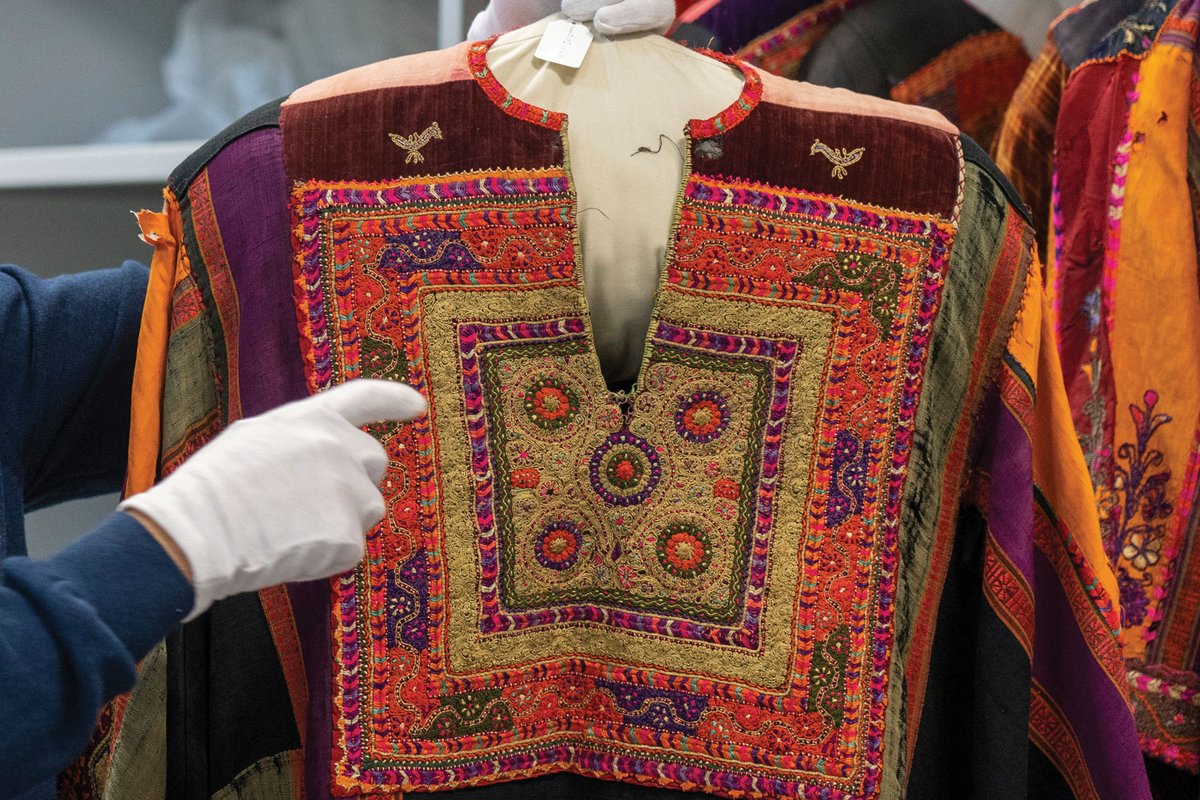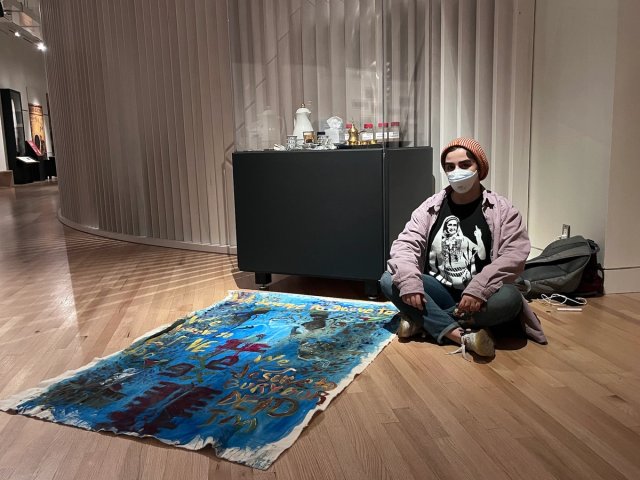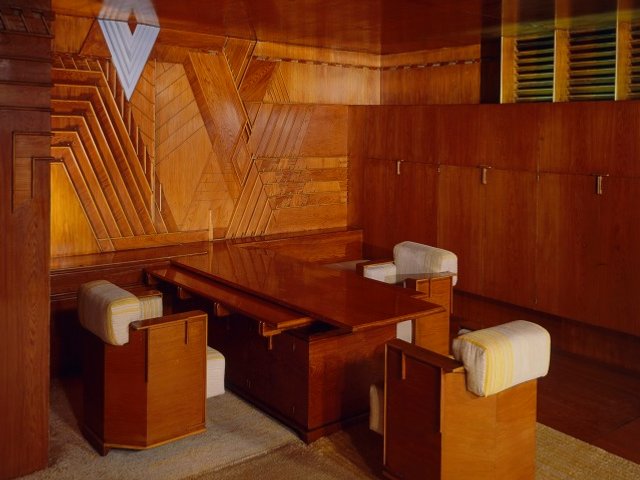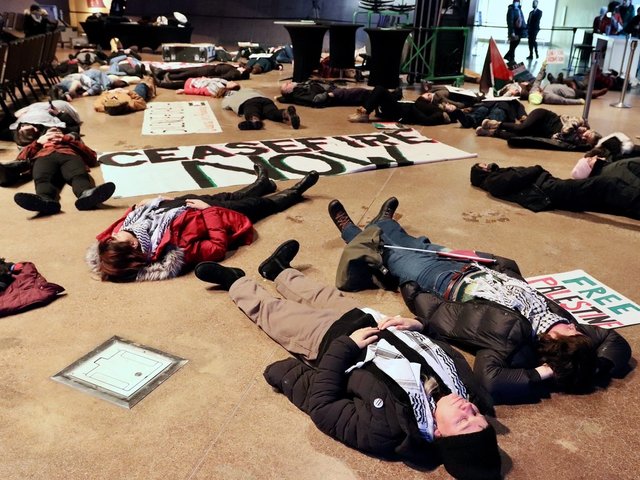In the wake of Unesco adding Palestinian embroidery to its Intangible Cultural Heritage list last December, the Palestinian Museum announced a collaboration with the Victoria and Albert Museum (V&A) in London to conserve traditional textiles thanks to a $484,298 grant from the Aliph Foundation (the International Alliance for the Protection of Heritage in Conflict Areas).
The first partnership between the two museums aims to develop the capacities of the Palestinian Museum's collections department, establishing the first dedicated textile conservation studio in Palestine. The project began in January and will continue until December 2023.
This month, three Palestinian conservators—including a newly hired textile specialist—will visit the V&A for textile conservation and collections management training. Initially led by V&A experts, conservation work will start in the autumn at the Palestinian Museum. A parallel public programme at the museum will include workshops, lectures and outreach with local communities.
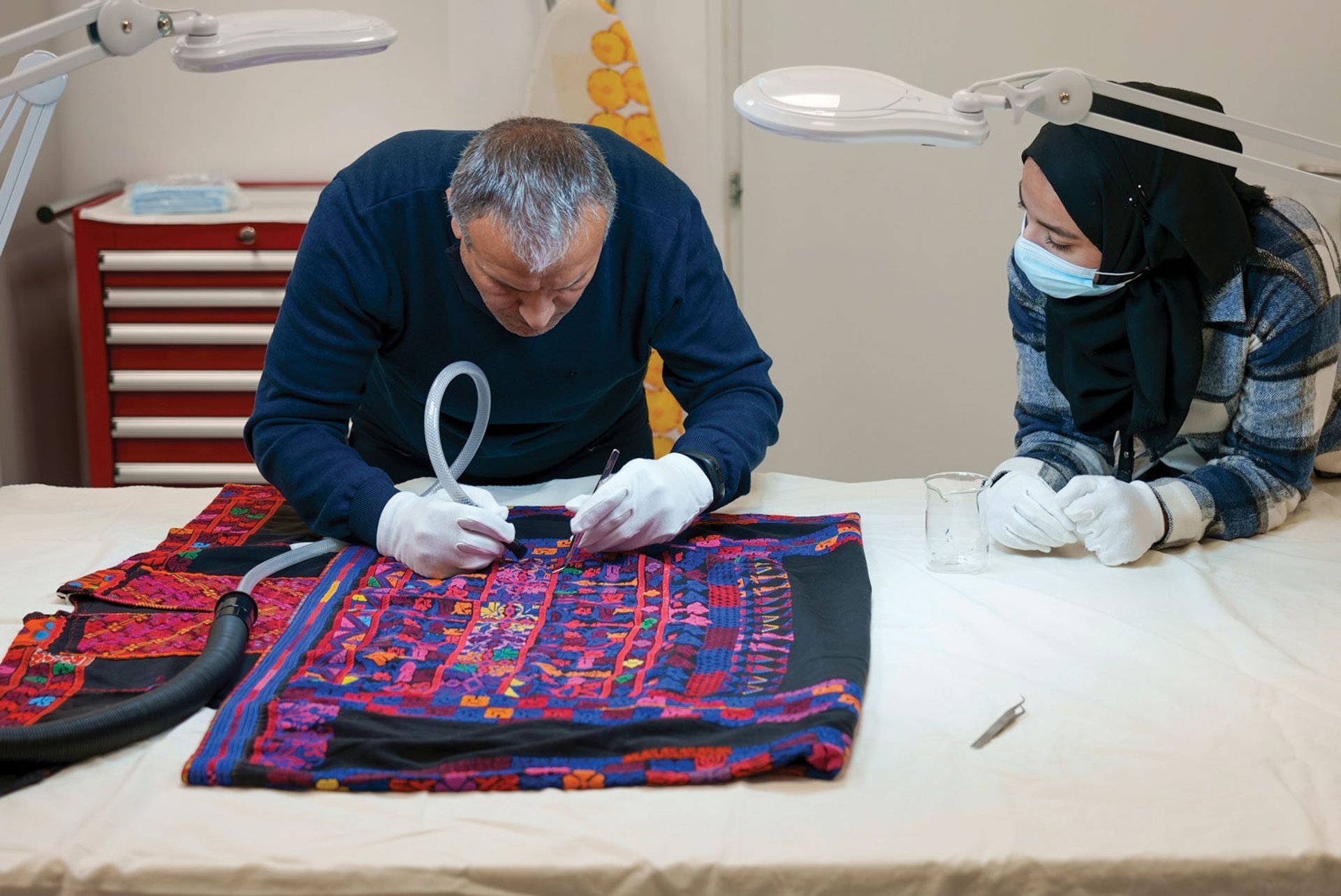
Conservation of a Palestinian embroidered thobe from Bir al-Sabi’ (1940s) at the Palestinian Museum in 2021 Photo: Hareth Yousef; © the Palestinian Museum
The Palestinian Museum says in a statement that it “aspires for this studio to be the first local and regional hub of excellence to meet textile conservation needs and to provide best practices training to institutional and private Palestinian collectors”. It will document and conserve the region’s material heritage “endangered by conflict”, particularly thobes—traditional colourful embroidered dresses that are powerful symbols of Palestinian culture.
Around 100 dresses were recently donated to the museum by Palestinian and Arab-American women from the US-based Committee for the Preservation of Palestinian Heritage, as well as by a collector in France. They narrate the stories of cities, towns and villages through intricate folk art motifs. Some of the symbols are said to date from Canaanite times (1800-1200BC) but thobes originated in the early 19th century and came of age as symbols of Palestinian nationalism after the Nakba in 1948.
For the Palestinian Museum’s project manager Ruba Totah, whose mother and grandmother passed on the art of embroidery to her as a child, the creation of the conservation studio is a form of cultural resistance. The Aliph grant will, she says, help “preserve and promote the beauty of our textile art both inside and outside Palestine”.


